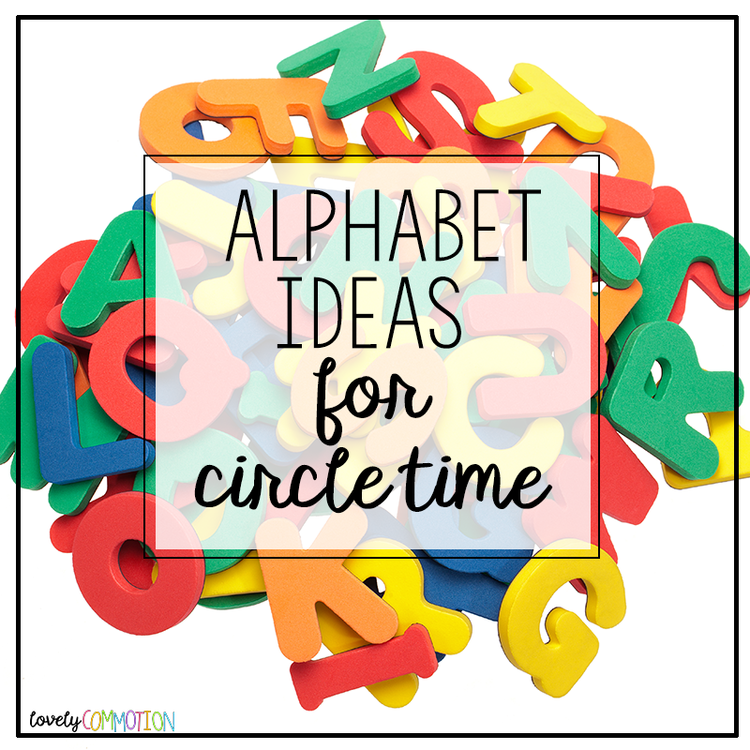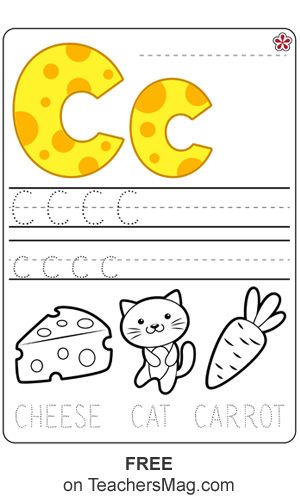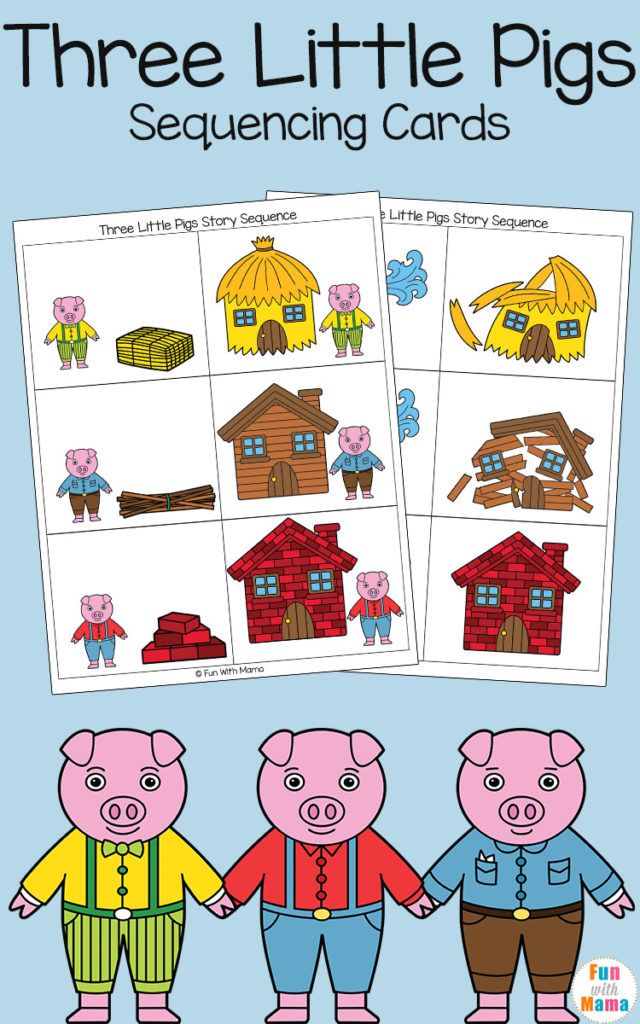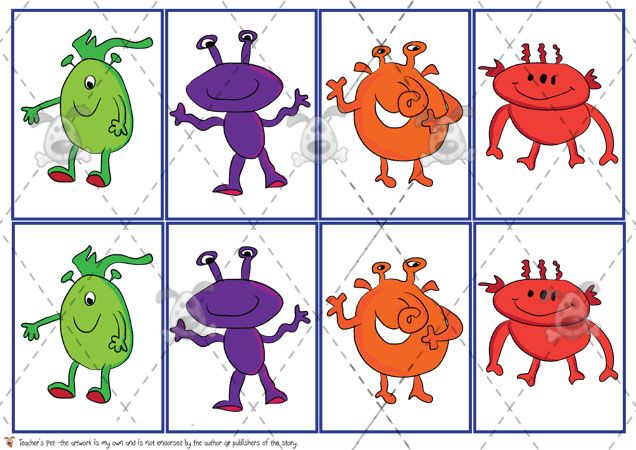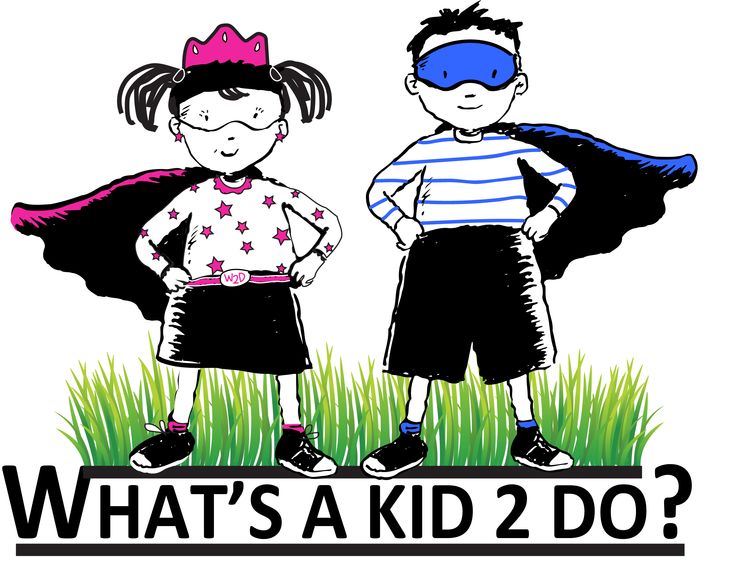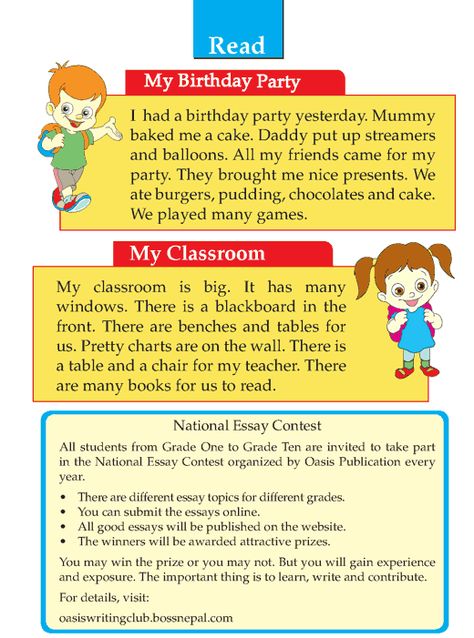The opposite game
The American Journal of Poetry
Brendan Constantine
The Opposites Game
for Patricia Maisch
This day my students and I play the Opposites Game
with a line from Emily Dickinson. My life had stood
a loaded gun, it goes and I write it on the board,
pausing so they can call out the antonyms –
My Your
Life Death
Had stood ? Will sit
A Many
Loaded Empty
Gun ?
Gun.
For a moment, very much like the one between
lightning and it’s sound, the children just stare at me,
and then it comes, a flurry, a hail storm of answers –
Flower, says one. No, Book, says another. That's stupid,
cries a third, the opposite of a gun is a pillow. Or maybe
a hug, but not a book, no way is it a book. With this,
the others gather their thoughts
and suddenly it’s a shouting match. No one can agree,
for every student there’s a final answer. It's a song,
a prayer, I mean a promise, like a wedding ring, and
later a baby. Or what’s that person who delivers babies?
A midwife? Yes, a midwife. No, that’s wrong. You're so
wrong you’ll never be right again. It's a whisper, a star,
it's saying I love you into your hand and then touching
someone's ear. Are you crazy? Are you the president
of Stupid-land? You should be, When's the election?
It’s a teddy bear, a sword, a perfect, perfect peach.
Go back to the first one, it's a flower, a white rose.
When the bell rings, I reach for an eraser but a girl
snatches it from my hand. Nothing's decided, she says,
We’re not done here. I leave all the answers
on the board. The next day some of them have
stopped talking to each other, they’ve taken sides.
There's a Flower club. And a Kitten club. And two boys
calling themselves The Snowballs.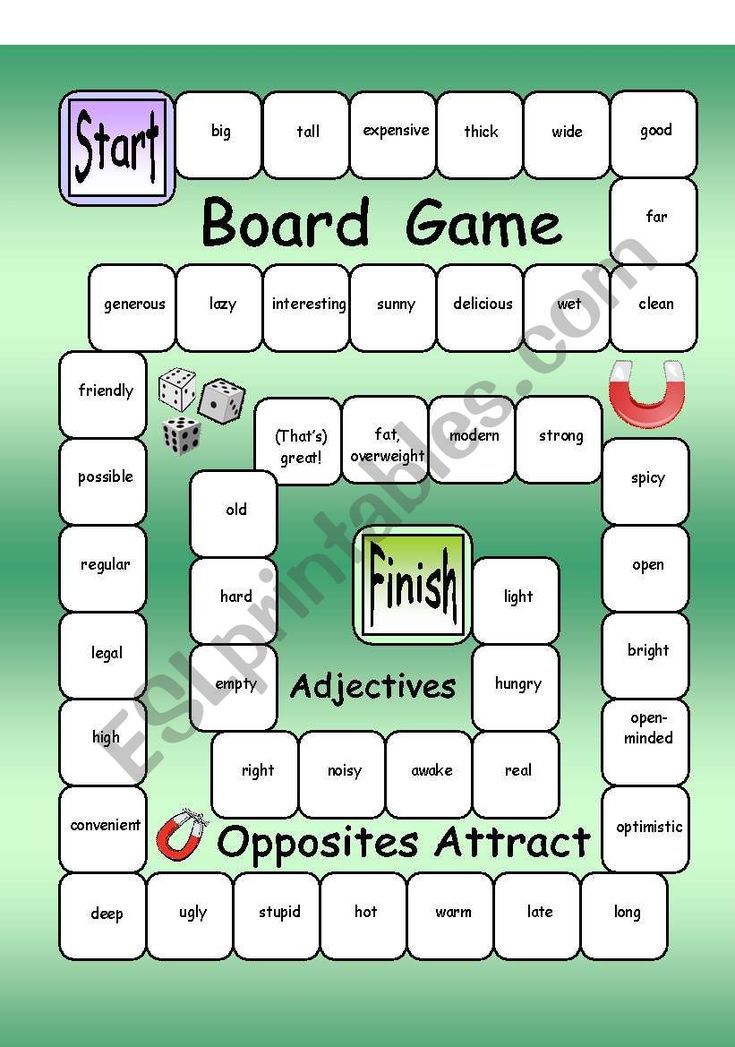 The rest have stuck
The rest have stuck
with the original game, which was to try to write
something like poetry.
It's a diamond, it's a dance,
the opposite of a gun is a museum in France.
It's the moon, it's a mirror,
it's the sound of a bell and the hearer.
The arguing starts again, more shouting, and finally
a new club. For the first time I dare to push them.
Maybe all of you are right, I say.
Well, maybe. Maybe it's everything we said. Maybe it’s
everything we didn't say. It's words and the spaces for words.
They're looking at each other now. It's everything in this room
and outside this room and down the street and in the sky.
It's everyone on campus and at the mall, and all the people
waiting at the hospital. And at the post office. And, yeah,
it's a flower, too. All the flowers. The whole garden.
The opposite of a gun is wherever you point it.
Don’t write that on the board, they say.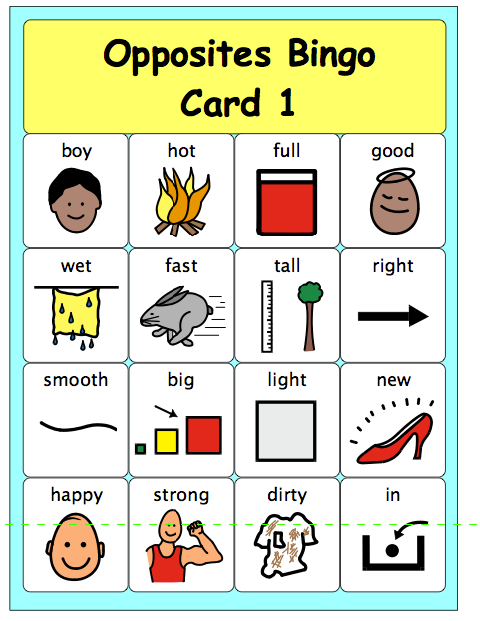 Just say poem.
Just say poem.
Your death will sit through many empty poems.
Brendan Constantine
Nights with the man who was not our father
He knew no lullabies, and so
sung to us the national song.
We knew it from school, from
baseball and July. We didn't
recognize it from him. His
voice was deep with a bright
edge, the moan an old house
might make if you tried to
bend it in half. He missed
half the notes and repeated
words when he didn't know
the next one, which seemed
half the time. Each night
we understood a little more -
Oh Oh can you see twilight
red glare bursting bursting
the night night night star
wave. And when at last we
figured it out, we corrected
him, because we were children
and almost brave. The man's
face darkened and he said
he was sorry and he took us
home. Our parents were
sad furious; we couldn't say
who had kept us.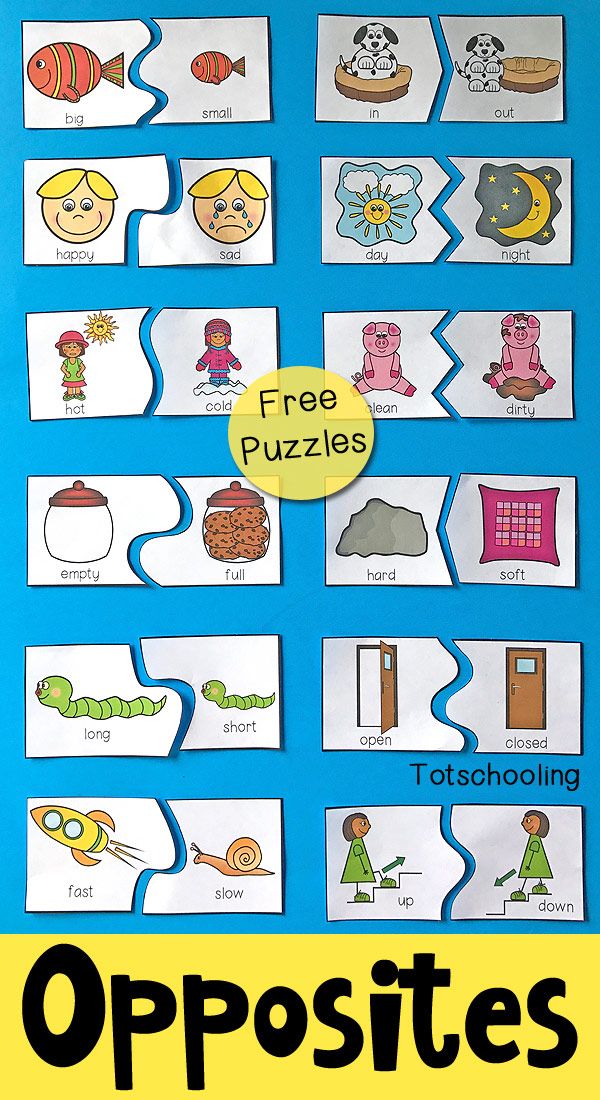 When
When
we tried to describe him
our memories worked like
his. He was a man man, we
said, with dark straight eyes
and deep deep deep scars
running down his voice. He
was red, he was twilight,
he was sorry.
BRENDAN CONSTANTINE's most recent collection is Dementia, My Darling (2016 Red Hen Press). He has received grants and commissions from the Getty Museum, MOCA, LACMA, the James Irvine Foundation, and the National Endowment for the Arts. He teaches poetry at the Windward School in Los Angeles, California.
Previous | Next
'The Opposites Game' explores how kids view guns
This article originally appeared on 06.01.18
A teacher's message has gone viral after he let his student sleep in class — for the kindest reason.
Teachers spend time preparing lesson plans and trying to engage students in learning.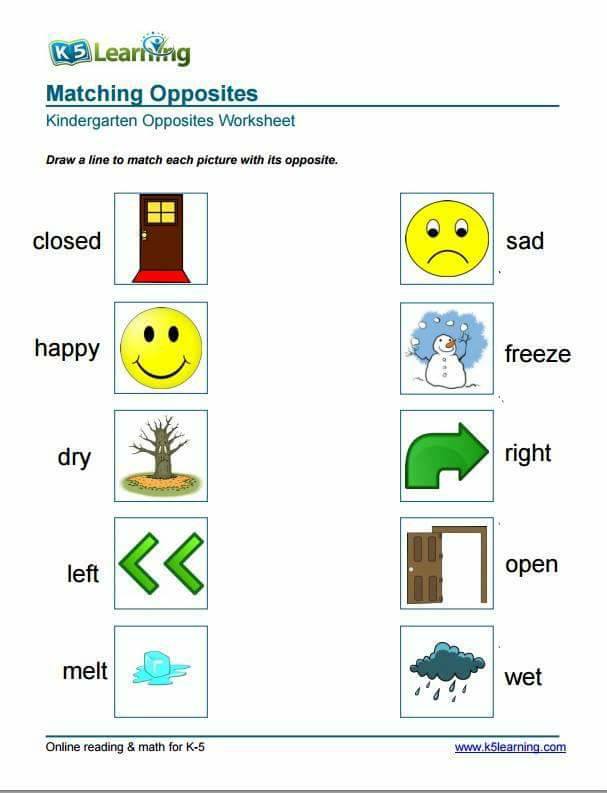 The least a kid can do is stay awake in class, right?
The least a kid can do is stay awake in class, right?
But high school English teacher Monte Syrie sees things differently. In a Twitter thread, he explained why he didn't take it personally when his student Meg fell asleep — and why he didn't wake her up.
Screenshots via MonteSyrie/Twitter.
Meg's nap meant she missed an in-class essay, but she turned it in that night. "I didn't beat her up about it. Didn't have to," he wrote. "In a different room, Meg may have been written up for sleeping in class and given a zero for missing and essay, but she wasn't in a different room; she was in my room."
Syrie pointed out that sometimes we have to "trust our instincts, even if it goes against the grain."Meg is a good student with a lot on her plate. She takes a zero-hour class before the normal school day and does farm chores before that. She runs track. And she's a teenager, with all of the social, academic, and life pressures that go along with it.
Syrie teaches sophomore English in Cheney, Washington. Photo via Monte Syrie.
And she's not alone. During the school year, teens report higher levels of stress than adults, and many students report feeling exhausted trying to keep up with it all.
"I think too often the biggest thing that people forget about high school students is that they are kids," Syrie says. "They're kids — kids who are having to grow up way too fast and are having way too much pressure put on them, in and out of school ... even for our best and brightest, that pressure gets to be too much."
Syrie's compassionate story resonated with people because we've all been in a position of needing a little grace.
Syrie's tweets continued, exemplifying how teachers can show kindness and understanding to students. He pointed out, "I can't offer Meg a math class later in the day. I cannot feed her horses ... I cannot run 6 race-pace 300s for her. I cannot spirit away her teen trouble. But I can give her a break."
I cannot spirit away her teen trouble. But I can give her a break."
Syrie says he tries to be that responsive to all of his students. "Because I firmly believe that one size fits all is madness, I adjust to each student, trusting my instincts, trusting what I know," he says. "Regardless of our responsibilities, life is hard, and we all need some grace now and then."
Syrie says he's had a few negative comments, but overwhelmingly the response has been positive from both students and teachers.
[rebelmouse-image 19397573 dam="1" original_size="665x141" caption="Screenshot via Alexa Shaw/Twitter." expand=1]Screenshot via Alexa Shaw/Twitter.
[rebelmouse-image 19397574 dam="1" original_size="648x96" caption="Screenshot via Maria Riverso/Twitter." expand=1]Screenshot via Maria Riverso/Twitter.
[rebelmouse-image 19397575 dam="1" original_size="661x119" caption="Screenshot via Mrs.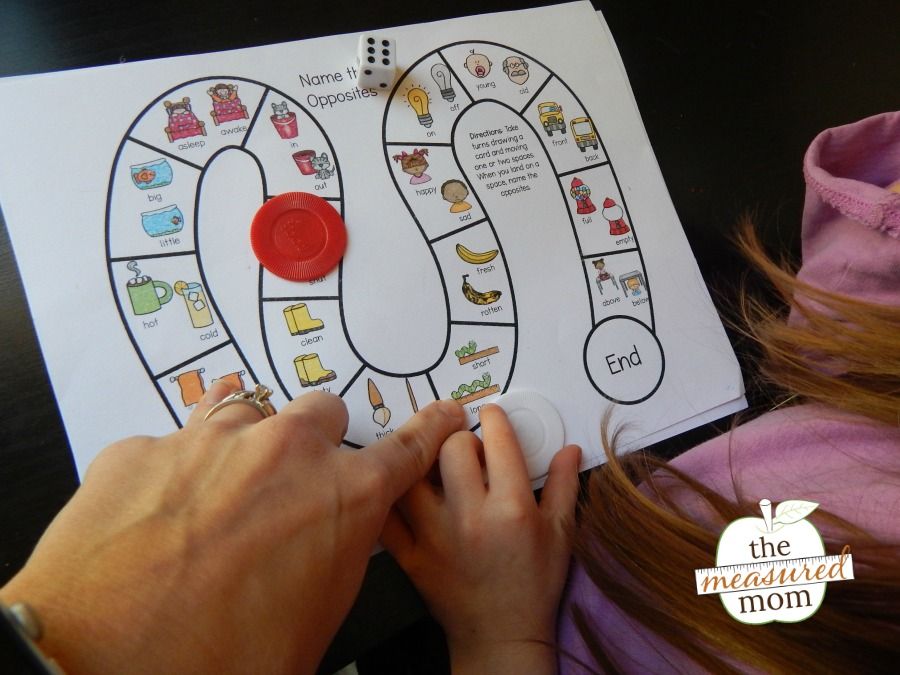 Chow/Twitter." expand=1]Screenshot via Mrs. Chow/Twitter.
Chow/Twitter." expand=1]Screenshot via Mrs. Chow/Twitter.
Syrie has words for those who say that allowing a student to sleep in class doesn't prepare them for the "real world."
Some may question whether letting a student sleep in class without consequence is a good idea. Syrie has a response:
"We are not working in factories, stamping out standardized products," he says. "We are helping young humans — unique individuals — learn about themselves and their worlds. As such, when our young humans face the inevitable pressures of growing up, we need to respond with empathy."
"And if that does not prepare them for the 'real world' as some may suggest, then maybe the world needs to change. I want to live in a world where there's empathy. That's the world I want to live in."
You can read more about the way Syrie is rethinking education on his website.
Keep ReadingShow less
Inverse game of Bodiansky, Kurnosov variant
Not so long ago, team and personal memorial tournaments in Russian drafts were held in the capital, dedicated to the memory of Nikolai Matveevich Kurnosov .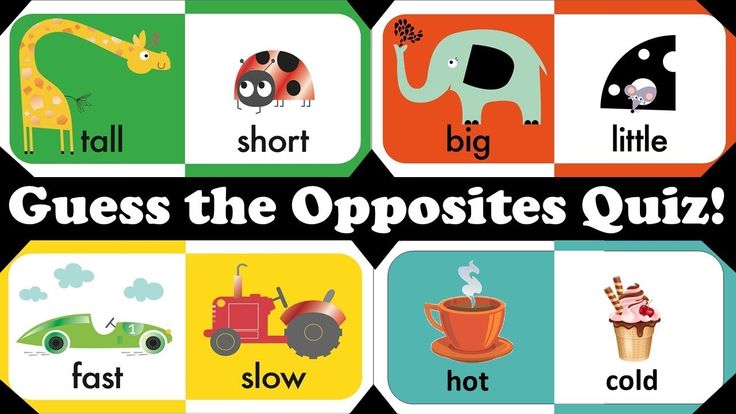 The undoubtedly significant contribution of this modest person to the development of Moscow drafts, and this was, without exaggeration, the heyday of drafts sports in Moscow, will be discussed later. In the meantime, I would like to draw the attention of readers to one interesting theoretical version, which bears the name of this remarkable master. Moreover, this option, in my opinion, was somehow insufficiently represented in the literature. For example, in the most popular textbook "The course of drafts debuts" by V. Litvinovich and N. Negra (p. 187) only... three and a half lines are given to this continuation. True, twenty years ago, Moscow checkers players published a collection "Selected games and endings of N.M. Kurnosov" , where, based on the game V. Propischan - N. Kurnosov , this version was considered in more detail. But who has heard about this, in fact, samizdat collection?
The undoubtedly significant contribution of this modest person to the development of Moscow drafts, and this was, without exaggeration, the heyday of drafts sports in Moscow, will be discussed later. In the meantime, I would like to draw the attention of readers to one interesting theoretical version, which bears the name of this remarkable master. Moreover, this option, in my opinion, was somehow insufficiently represented in the literature. For example, in the most popular textbook "The course of drafts debuts" by V. Litvinovich and N. Negra (p. 187) only... three and a half lines are given to this continuation. True, twenty years ago, Moscow checkers players published a collection "Selected games and endings of N.M. Kurnosov" , where, based on the game V. Propischan - N. Kurnosov , this version was considered in more detail. But who has heard about this, in fact, samizdat collection?
Looking ahead, I’ll say that although the variation is interesting, it’s still more suitable for use in games with a shortened time control, since the traps set by Black are, in general, not difficult to detect in White with enough time to think.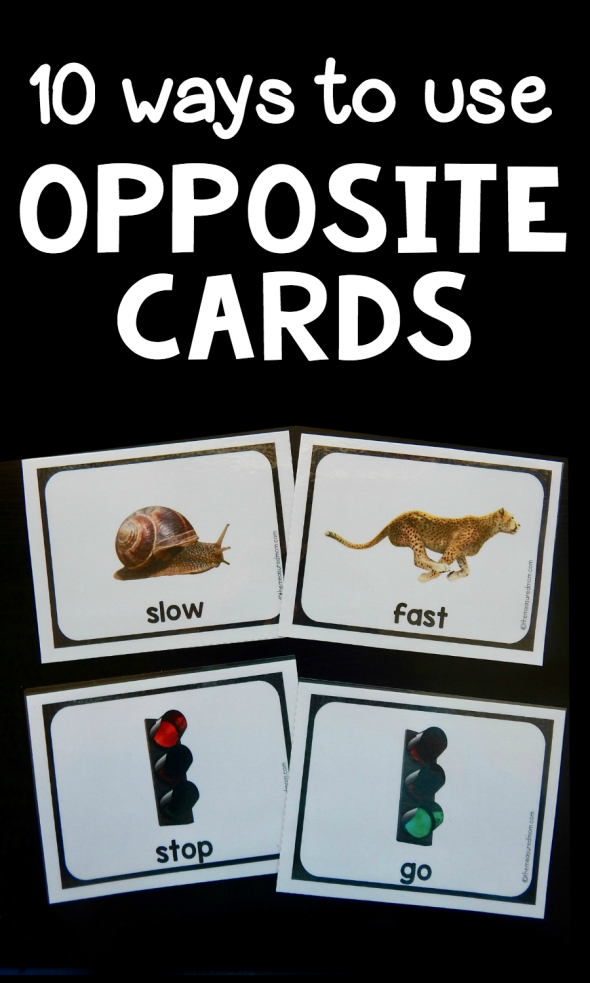 And one more thing - since the variant is presented for black, it would be more logical to orient the diagrams for black, which is done.
And one more thing - since the variant is presented for black, it would be more logical to orient the diagrams for black, which is done.
So, Nikolai Kurnosov's variant in Bodyansky's Reverse Game.
1.cd4 hg5 2.gh5 gh6 3.fg3 ba5 The system is characterized by the fact that black allows the opponent to stake and subsequently builds his game on attacking the c5-checker. An ambiguous choice, however, everything is not so simple here.
4.dc5 The most popular and perhaps the strongest continuation for White. Rarely, White refuses to occupy the c5-square.
Briefly consider other answers
A) After 4.bc3 black can continue like 4…de5
5.gf4 ( with a lunge of 5.dc5 one can 5…ab4 6.c:a5 cb6 7.a:c7 d:f2 8.g:e3 gf4 9.e:g5 h:f4 with equality) 5… e:g3 6.h:f4 (6.h:f2 gf4 7.e:g5 f:h5 =) 6…ab6 etc. with an approximately equal game;
so 4…cb6
5. gf4 bc5 ( or 5…dc5 with sharp play) 6.d:b6 a:c7 reducing to another well-known variant of this opening.
gf4 bc5 ( or 5…dc5 with sharp play) 6.d:b6 a:c7 reducing to another well-known variant of this opening.
B) 4.gf4 is played by 4…de5 5.f:d6 c:c3 6.b:d4 ( and 6.d:b4 a:c3 7.b:d4 are possible, but here Black 7…gf4 more active position)
6…gf4 7.e:g5 h:f4 with an interesting play, where Black is a bit more pleasant.
C) On 4.gf2 one can also 4…de5 and after 5.gf4 e:g3 6.h:f4 cb6 7.dc3! bc5
8.d:b6 a:c7 the chances of the sides are equal.
4…d:b4 5.a:c5
5…cd6?!
In theory, 5…cb6 6.ed4 fe5 and so on. here it is considered stronger, but the whole point of the N.Kurnosov variation lies precisely in 5…cd6.
6.ba3 d:b4 7.a:c5 bc7 8.ab2
In addition, White can go for simplifications here 8.gf4 (besides, 8.ef2 cd6 also leads)
Which would be more appropriate to answer 8…cd6 9. ef2 d:b4 10.fe5 f:d4 11.h:f6 e:g5 12.e:a3 hg7 13.hg3
ef2 d:b4 10.fe5 f:d4 11.h:f6 e:g5 12.e:a3 hg7 13.hg3
13…gf6 with an equal but slightly more pleasant position for White.
8…cb6
9.ed4
Lose 9.ef2? and 9.gf2? 9…b:d4 10.e:c5 due to 10…fg7 and White is left without a checker. This is one of the pitfalls of the option. Unsatisfactory and 9.ef4? b:d4 10.dc3 (no better than 10.fe5 de3 11.e:g7 h:f6 12.d:f4 g:e3 13.ef2 ab4 14.f:d4 bc3 x) 10…g:e3 11.c:g7 h:f6 12.ef2 ab4 13.f:d4 bc3 winning.
9…fe5 10.d:f6 b:d4
11.ef2
Occurs also 11.ba3 ed6
12.GF2 ( or 12. EF2 G: E7 13. HG5 H: F4 14. G: C3 HG7 =) 12 ... G :e7 13.hg5 h:f4 14.g:c3 hg7 with equal play.
Somewhat worse for White 11.dc3 fg7 ( or just 11…de3 12.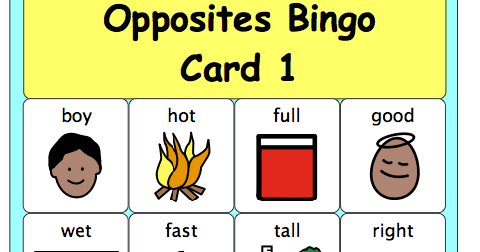 gf4 ed6=) 12.c:e5 gf4
gf4 ed6=) 12.c:e5 gf4
13.ed6 g:c7 14.g:e5 hg5 with equality, but black can try to surround white e5.
Another trap of the variation – loses 11.gf2? due to the combination 11…dc3!
12.b:d4 dc7 13.f:b6 a:g1 14.h:f6 gd4 and White has no salvation.
11…ab6
12.de3
12.dc3 fg7 13.c:e5 gf4 14.ed6 e:g5
also play
15.h:f6 ( loses the fight 15.g:e5? gf6 16.e:g7 h:f8 17.h:f6 bc5 x) 15…g:c7 16.g:e5 de7 with equal play.
The next combination follows 12.fe3? d:f2 13.g:e3 ( with 13.g:e1 ed6 Black is left with an extra checker) 13…dc7 14.f:d8 bc5 and 15…fg7 with a win.
12…bc5 and white needs 13.ef4
An attempt to tweak the position a little more here 13.gf4 may turn out to be deplorable for White 13…ed6 14.cd2 g:e7 15.dc3 ef6 with excellent chances of success for black.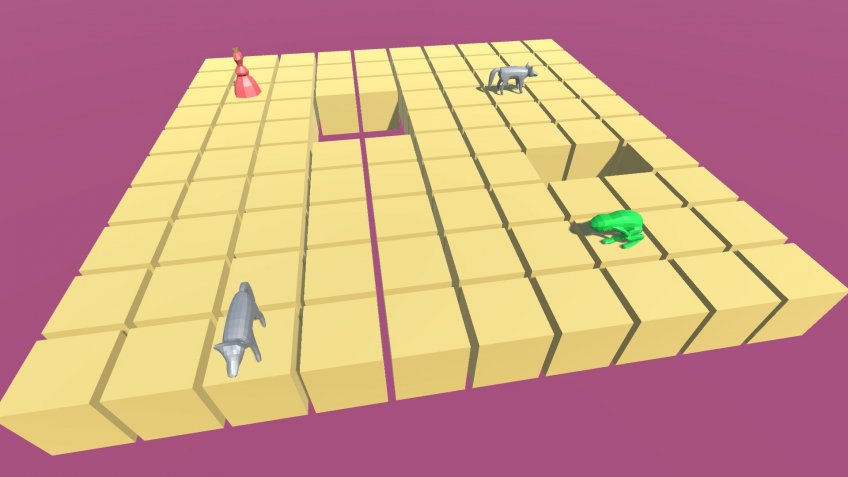
13…g:e3
14.hg5
But, of course, not 14.bc3? d:b2 15.f:b6 a:c7 16.c:a3 e:g5 17.h:f6 fg7 and White is down.
14…h:f4 15.g:c3 e:g5 16.f:b6 a:c7
17.hg3 hg7 18.cd2 cb6 with equality.
What is backward compatibility - Code magazine programming without snobbery
Compatibility is when one thing can work with something else without additional settings, alterations or crutches.
For example, there is diesel fuel. It is compatible with diesel vehicles - regardless of their brand, year of manufacture, mileage or other parameters. And you can also come by car to any gas station with a diesel engine, and not look for a special gas station only for a certain brand of car. That's it - compatibility.
In IT, most often they talk about forward and backward compatibility, when compatibility works in one direction, but not in the other.
When there is no compatibility
Suppose an enterprise has a program that maintains a database in a non-standard format. Time passes, developers quit and stop supporting the program. But the company needs the program, so they continue to use it.
How the code is maintained
Refactoring is used to keep the code always up-to-date and clean. We have a separate article about this.
After five years, the program is definitely outdated: it does not support modern convenient protocols and it does not work on new operating systems. But it works with the old base.
The company is looking for some solution to its problem, but it turns out that no program is compatible with its database. This is a situation where there is no compatibility.
Normal (or direct) compatibility
An enterprise turns to new developers for help: they need to make a program that can work with the required database format. And besides this, the program must have all modern protocols and support for modern operating systems. Developers create this software. This is forward compatibility.
Developers create this software. This is forward compatibility.
Forward compatibility is when one thing can work with another. This is a relatively simple task for a developer, because it is enough to add support for the desired data format or protocols.
Backward compatible
And now let's imagine a different situation: the developers did not leave the enterprise, but continued to work on the project. As a result, in five years they came up with a new version of the database: also non-standard, but faster. But data from five years still lives in the old database, and it cannot be transferred.
Who is a team leader (aka Lead)
Now programmers face a contradiction:
- on the one hand, we need to use a new format, because it works faster with data;
- on the other hand, you need to support the old version of the database, because the old data is also needed in the work.
This is backwards compatibility: the new version of the program supports both the new and the old.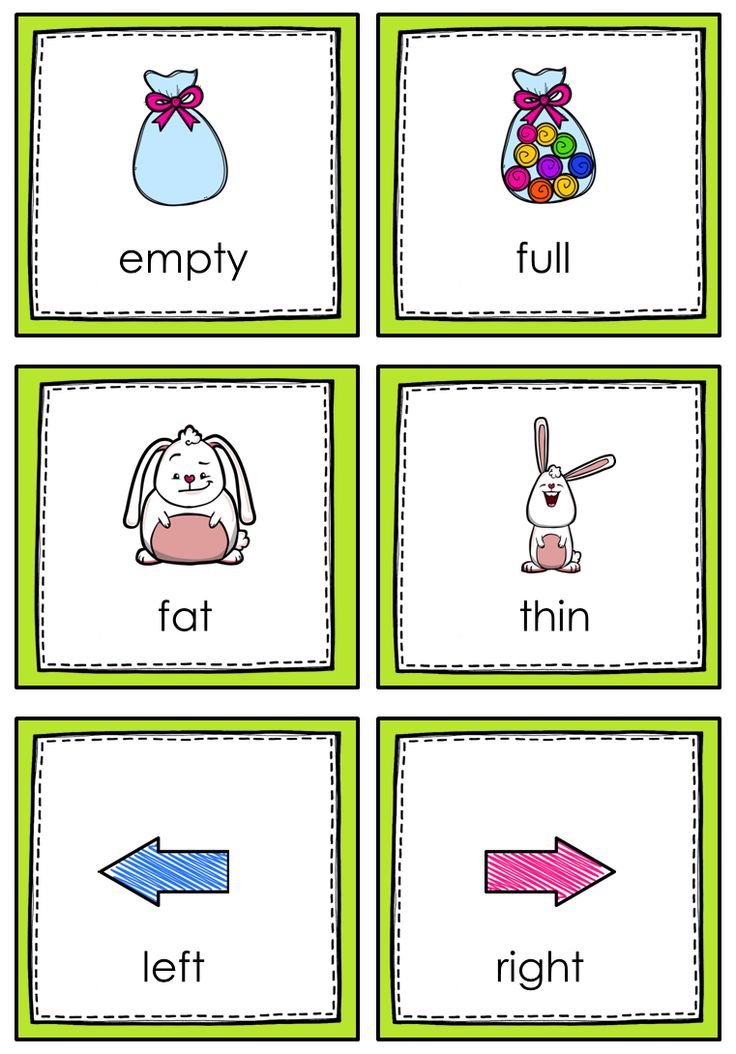
An example of backward compatibility is the Windows operating system. Each new version has support for some of the programs that were written for older versions. Even if you try to run an audio player designed for Windows 95, in the latest Windows 10, then you will probably succeed.
What is UNIX and why is it needed
Also backwards compatibility allows us to take a PlayStation 4 game and run it on the new PlayStation 5 (most likely). But they don’t have direct compatibility: a game written specifically for PS5 is unlikely to launch on PS4.
What's the catch
Backward compatibility is a headache for developers. For the sake of full support for the old format, sometimes you have to sacrifice speed or reliability.
For example, the new version uses a more modern data transfer protocol. But in order for the old versions to also work, developers have to support two protocols at the same time - the new one and the old one, each to check for errors.



